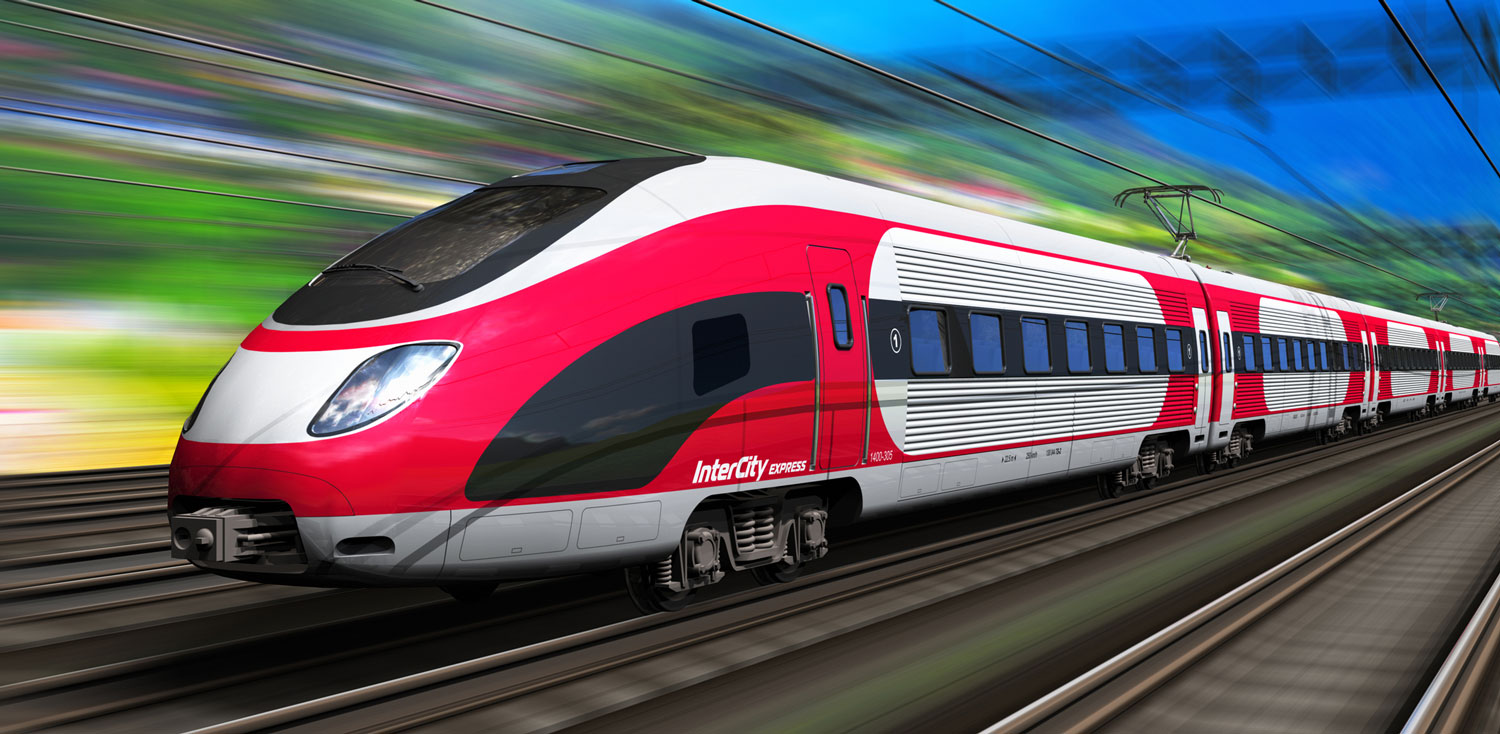High-speed rail (HSR) has been the subject of debate in Australia for decades. Why are we so slow to leave the station?
An Australian HSR network
High-speed rail carves an intricate grid across places such as Europe, China and Japan, where the first Shinkansen bullet train shot out of a Tokyo station more than 50 years ago (1964).
In 2013, the then transport and infrastructure minister, Anthony Albanese, released the second phase of a $20 million feasibility study into a 1748km HSR network connecting Brisbane, Sydney, Canberra and Melbourne. Once fully operational – in an estimated 40 years from now – the study suggests HSR could carry about 84 million passengers each year, with express journey times of less than three hours between Sydney-Brisbane and Melbourne-Sydney. The report estimated the cost at $114 billion, the majority of which would be funded by the government with little opportunity for financial return on investment.
A costly project
Stan Stavros, the head of infrastructure and projects group advisory at KPMG, says cost has been the key impediment to HSR in Australia. “It’s clearly a big hurdle given the magnitude of the dollars involved and the low expected financial investment returns, meaning that a large part of the upfront capital cost of HSR would need to be funded by government,”he says. “It’s important to note, however, that low financial returns are a common feature of many HSR systems delivered around the world and therefore a challenge that other governments have been able to deal with.”
Low financial returns are a common feature of many HSR systems delivered around the world and therefore a challenge that other governments have been able to deal with.
Opponents of HSR in Australia point to the prohibitive cost, given that the rail system would largely be funded from the public purse. The significant cost blowouts for such mega projects are also a concern. In 2008, for example, the California High Speed Rail Authority put the cost of its HSR at US$42.6 billion and today the figure has grown by almost 60 per cent.
Benefits of high-speed rail
Stavros notes that the key benefits of HSR come down to economics. “It stems primarily from user benefits,” he says. “These relate to the travel time savings associated with a seamless city-centre to city-centre journey, compared to multiple transport interchanges required with air travel.”
He says other economic benefits associated with HSR include job creation during the design, build and operation of the network, development of industry capacity and the accelerated economic development of regional centres.
“It could be argued there is an intangible benefit in respect to perception, externally and internally, given Australia is one of only a few major developed countries that doesn’t have, or is not planning, a high-speed rail system.”


